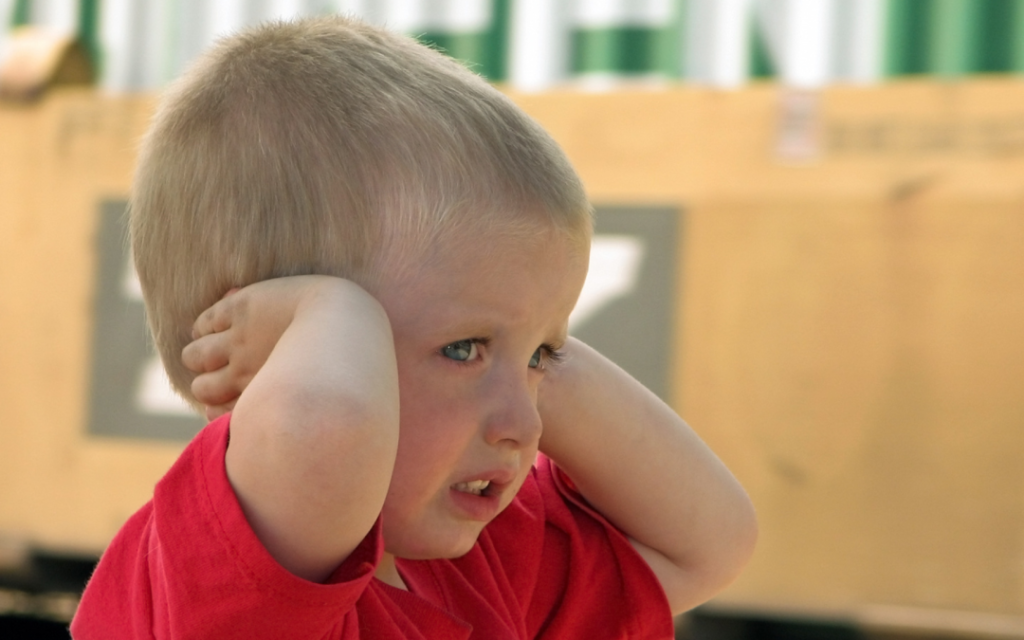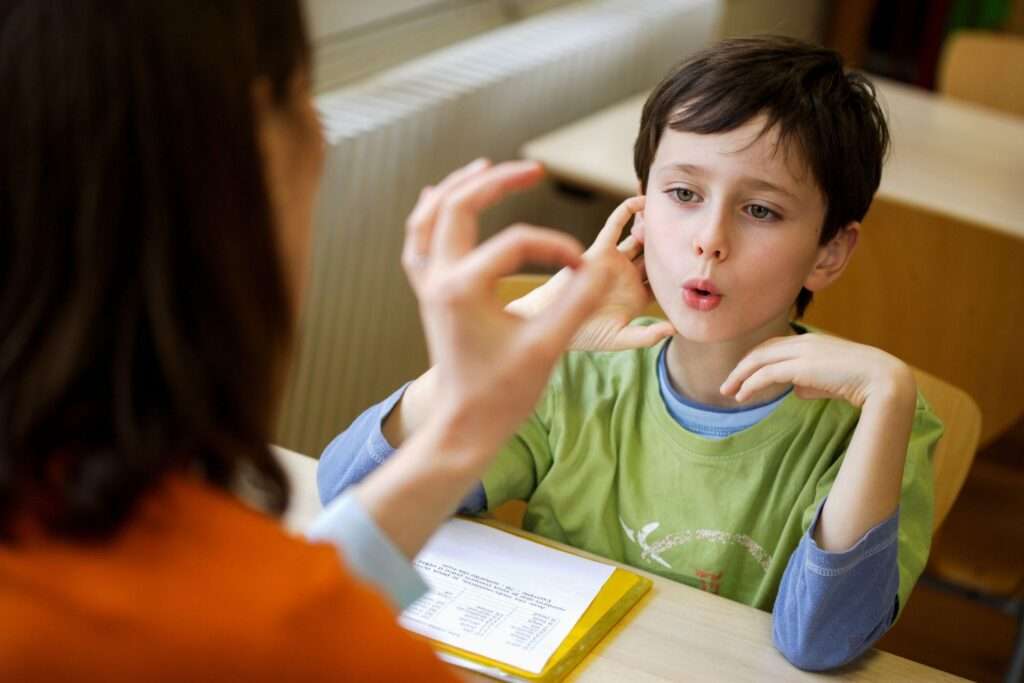Sensory Integration Therapy
Sensory Integration Therapy
Sensory integration, or sensory processing, is the ability to take in information through our senses (touch, movement, smell, taste, vision and hearing), put it together with prior information, memories, and knowledge stored in the brain, and respond without over or under reacting.
Your child may be over sensitive to things around them and show the following symptoms:
- Overly sensitive or heightened reactivity to sound, touch, or movement
- Under-responsive to certain sensations (e.g., high pain tolerance, doesn't notice cuts)
- Constantly moving, jumping, crashing, bumping
- Easily distracted by visual or auditory stimuli
- Emotionally reactive
- Difficulty coping with change
- Inability to calm self when upset

Sensory processing disorders vary between individuals in their characteristics and intensity. Some children are so mildly afflicted, the disorder is barely noticeable, and while others are so impaired they have trouble with daily functioning. They are either ‘stimulation seeking’ or ‘stimulation avoiding’ and the symptoms vary from mild to severe. Their brain has difficulty sorting out and making sense of sensory input coming in from the environment, therefore affecting the ability to respond appropriately.
Categories of Sensory Disorders
The various sensory disorders present themselves through our five senses and come broadly in two categories: hyposensitivity and hypersensitivity.

Hyposensitivity
A hypo-responsive will be stimulation seeking and may stomp feet while walking, bite and chew on inedible objects also, demonstrate clumsiness in walking, playing etc.

Hypersensitivity
The hyper-responsive child may be very sensitive to touch and can have difficulties like getting a haircut, tooth brushing, working with messy things like glue, dislike tags or threads coming out from socks etc.
There are noticeable differences in the way they are sensitive to sounds, vision, movement and oral sensations. Many children fluctuate between sensory sensitivity and sensory seeking behaviors and others may be sensitive to certain sensations but seek other ones.
Intervention approaches: children with sensory processing disorders are exposed to fun, everyday activities and games which are motivating for the child. These activities might be structured by the therapist but should seem to the child as different kinds of play.
The therapists use a variety of tactile materials, a quiet, subdued voice and variety of play materials, tailoring the approach to the child’s unique sensory needs. The occupational therapist and parents jointly create a “sensory diet,” a term coined by occupational therapist Jean ayres. The sensory diet is a schedule of daily activities that gives the child the sensory fuel his body needs to get into an organized state and stay there.








